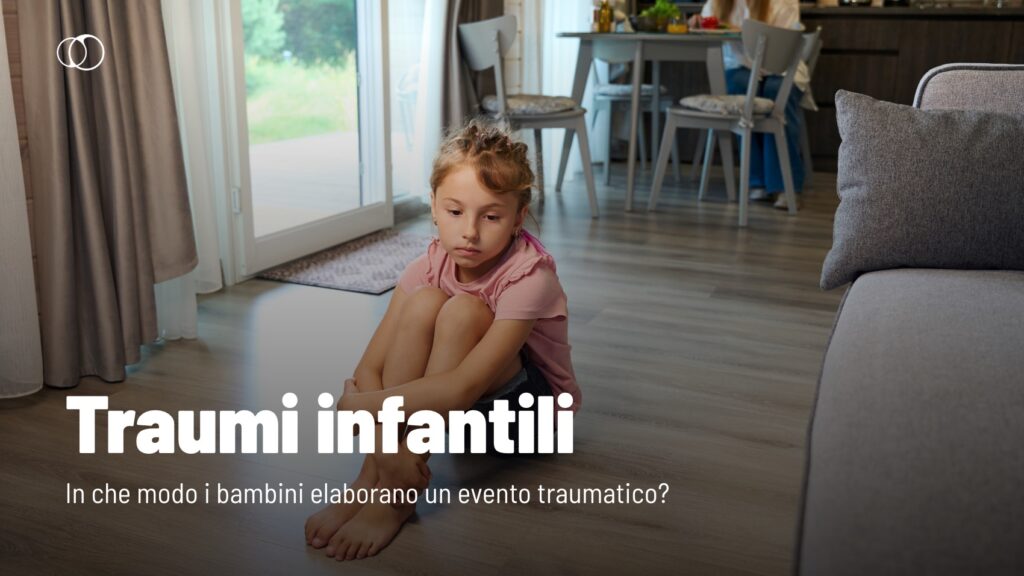
The impact of psychological traumas in children: long -term disorders and consequences
I Psychological trauma in children They can be associated with a variety of critical conditions for their well -being and their mental health: Post traumatic disorderacute stress disorder, depression, anxiety disorders (e.g. separation anxiety), behavioral problems and phobias, with negative results up to adulthood (De Bellis & Zisk, 2014; McLaughlin & Lambert, 2017; Downey & Crummy, 2022). A particular case is represented by Post traumatic disorder from complex stressdefined by the ICD-11 (2022) as characterized by the same symptoms as Post traumatic stress disorderbut with three additional groups of symptoms:
- Problems in emotional regulation (marked irritability, anger or sensation of emotional numbness)
- convictions on oneself as lower, defeated or without value, accompanied by feelings of shame, fault or failure, linked to the traumatic event
- difficulty in maintaining relationships and feeling close to others.
Scientific literature confirms that the diagnosis of Post traumatic traumatic stress disorder It can also be extended to children and adolescents (Sachser et al, 2017).
Research by the University of East Anglia (Great Britain) shed light on the reason why children and adolescents develop these mental disorders, after having lived a single traumatic event.
Thought is what matters
The study (Memrizia et al., 2024) discovered that cognitive psychological factors, such as the way children remember a traumatic event And as they perceive themselves following it, they are the main factors in predicting the results of the trauma on mental health of the little ones.
The study involved 260 minors, between 8 and 17 years old, recruited by four emergency room from East England. Minors had been identified by nurses as subjects exposed to a traumatic event isolated, as defined by the diagnostic and statistical manual of mental disorders (APA, 2013), or “Exposure to actual or threatened death, serious injuries or sexual violence “.
The boys were evaluated two and nine weeks by the trauma, through self-administered questionnaires, telephone interviews with parents and hospital data, in order to develop four predictive models of risk factors for Post traumatic stress disorder, Post traumatic traumatic stress disordergeneralized anxiety disorder and depression. When it was to predict those who would develop, at nine weeks, these mental health problems, the most accurate model proved to be the one based on the way people think, or a cognitive model.
The cognitive model adopted by the authors included factors such as: cognitive processing during the traumanegative assessments related to traumaquality of memory of traumapost-traumatic dissociation, rumination related to trauma and auto-blim. The research highlights how the subjective perception of children and adolescents on the severity of the event has had a greater impact on mental health, compared to the objective severity of thetraumatic event.
According to researchers, the results obtained corroborate the idea that the way a person thinks about his own trauma Game an important role in the development of post traumatic, anxious and depressive symptoms.
The research opens new clinical prospects on the possibility of predicting mental health problems in young people who have suffered trauma And to facilitate their cure through specific therapeutic paths, such as cognitive behavioral psychotherapy focused on trauma.





